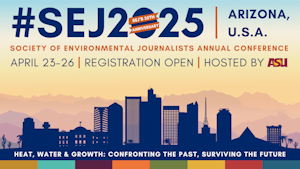"Mysterious emissions have been slowing the atmosphere’s healing. Scientists think they’ve finally discovered the source."
"Ozone-destroying chemicals once thought to be successfully banished are now making their way into the air again, slowing down our atmosphere’s recovery after those same chemicals effectively ripped a hole in it in the mid-20th century. Slowing things down still further: scientists haven’t been able to figure out where the chemicals are coming from.
Before the rapidly changing global climate seized our collective attention, destruction of the Earth’s protective ozone shield became an environmental cause célèbre. Chemists in the 1970s predicted the damage to the atmosphere that could be done by chlorofluorocarbons, which were common in everything from aerosol hairspray to refrigerators. (They won the Nobel Prize in 1995.) The 1987 Montreal Protocol phasing out CFCs was eventually signed by 197 countries—every country in the United Nations, plus entities like the European Union and the Holy See—making it one of the pinnacles of global environmental diplomacy.
Then something funny started to happen. In 2012, two years after the treaty mandated all CFC production should cease, unexpected blips in atmospheric levels of a key chemical, CFC-11, started to appear. They’ve been attributed in part to unauthorized production of the chemicals in China—but that still wasn't enough to make sense of the concentrations scientists were seeing.
Now a team led by scientists at the Massachusetts Institute of Technology have a possible answer. Their research, published Tuesday in the journal Nature Communications, shows that equipment and materials manufactured legally before the phase-out still hold enormous volumes of CFCs. As these products decay, the chemicals leak out. Emissions from these previously underestimated “banks” of CFC chemicals are enough to slow ozone recovery by about six years if they’re not disposed of, according to the researchers."
Eric Roston reports for Bloomberg March 17, 2020.
SEE ALSO:













 Advertisement
Advertisement 



